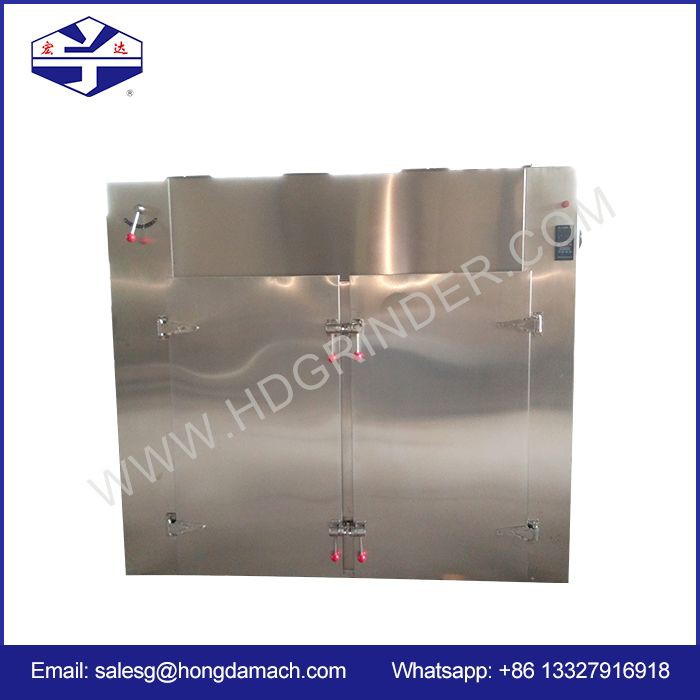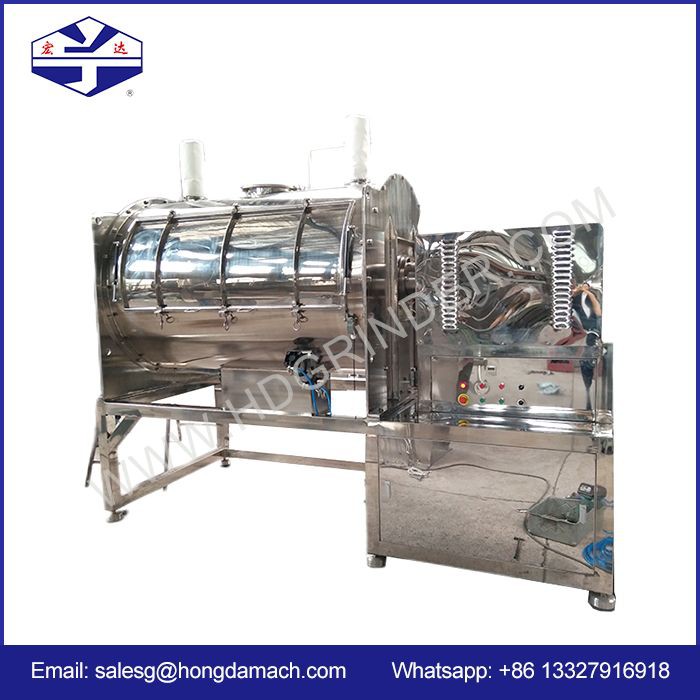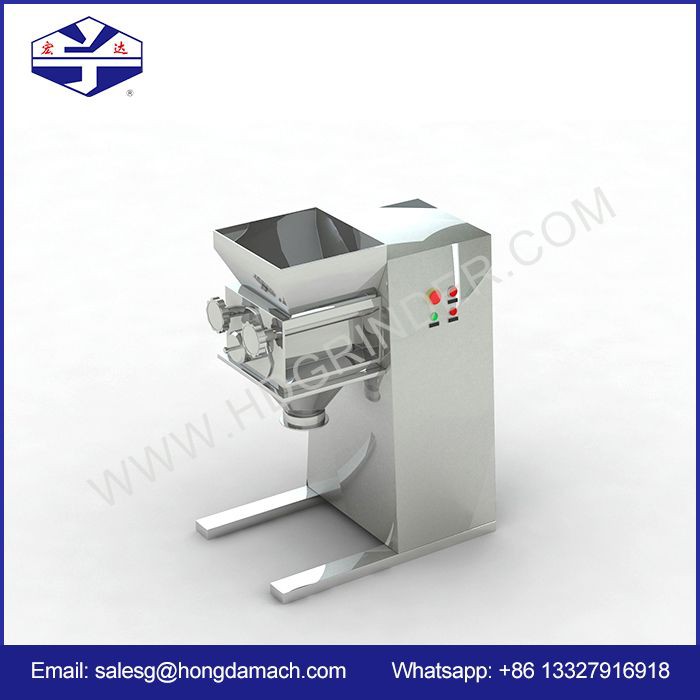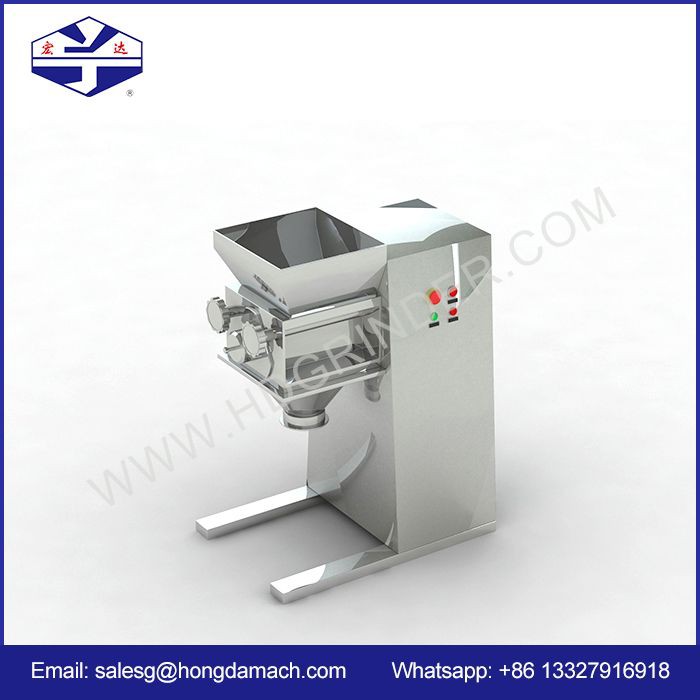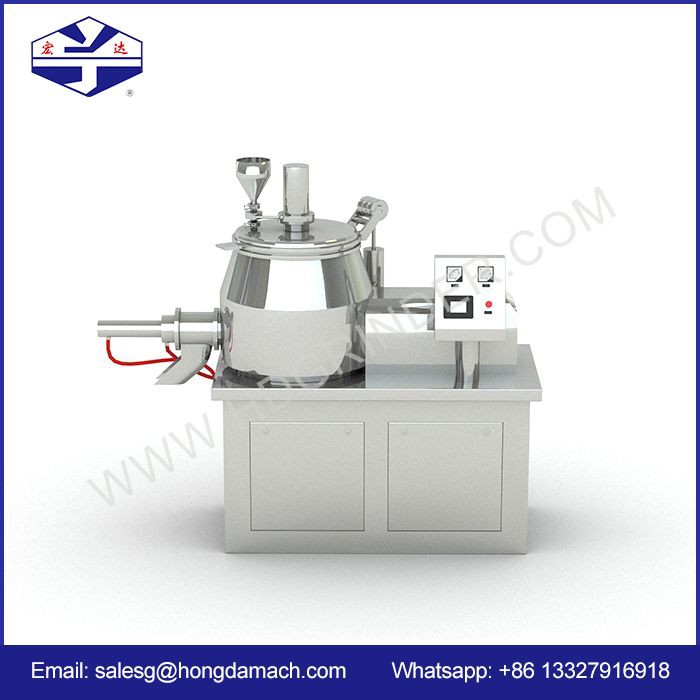Knowledge
Product process of Powder Mixer Machine Blender
The product process of a powder mixer machine blender involves several steps to ensure efficient and effective mixing of powdered ingredients:
1. Loading: The first step is to load the powdered ingredients into the blender. This can be done manually or through an automated system, depending on the design of the machine.
2. Mixing chamber: Once the ingredients are loaded, they are transferred to the mixing chamber. This chamber is specifically designed to accommodate the required volume of ingredients and provide an optimal environment for mixing.
3. Mixing mechanism: The blender is equipped with a mixing mechanism, which can vary depending on the type of blender. It could be a rotating blade, paddle, or other types of agitators. The mixing mechanism ensures that the ingredients are thoroughly blended together.
4. Mixing duration and speed: The duration and speed of mixing depend on the specific requirements of the ingredients being blended. Some blends may require shorter mixing times, while others may need longer durations to achieve the desired consistency.
5. Monitoring and control: During the mixing process, the blender may have sensors or monitoring systems to ensure the ingredients are mixed evenly. This could involve monitoring factors like temperature, viscosity, or other parameters to maintain quality control.
6. Discharge: Once the mixing process is complete, the blended powder is discharged from the blender. This can be done through a discharge chute or any other mechanism designed for easy and efficient removal of the mixture.
7. Cleaning: After each batch, the blender needs to be thoroughly cleaned to prevent cross-contamination between different ingredients. This step is crucial, especially when dealing with allergens or sensitive materials.
1. Loading: The first step is to load the powdered ingredients into the blender. This can be done manually or through an automated system, depending on the design of the machine.
2. Mixing chamber: Once the ingredients are loaded, they are transferred to the mixing chamber. This chamber is specifically designed to accommodate the required volume of ingredients and provide an optimal environment for mixing.
3. Mixing mechanism: The blender is equipped with a mixing mechanism, which can vary depending on the type of blender. It could be a rotating blade, paddle, or other types of agitators. The mixing mechanism ensures that the ingredients are thoroughly blended together.
4. Mixing duration and speed: The duration and speed of mixing depend on the specific requirements of the ingredients being blended. Some blends may require shorter mixing times, while others may need longer durations to achieve the desired consistency.
5. Monitoring and control: During the mixing process, the blender may have sensors or monitoring systems to ensure the ingredients are mixed evenly. This could involve monitoring factors like temperature, viscosity, or other parameters to maintain quality control.
6. Discharge: Once the mixing process is complete, the blended powder is discharged from the blender. This can be done through a discharge chute or any other mechanism designed for easy and efficient removal of the mixture.
7. Cleaning: After each batch, the blender needs to be thoroughly cleaned to prevent cross-contamination between different ingredients. This step is crucial, especially when dealing with allergens or sensitive materials.
Send Inquiry


